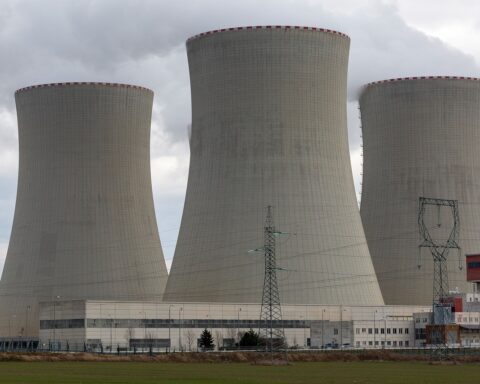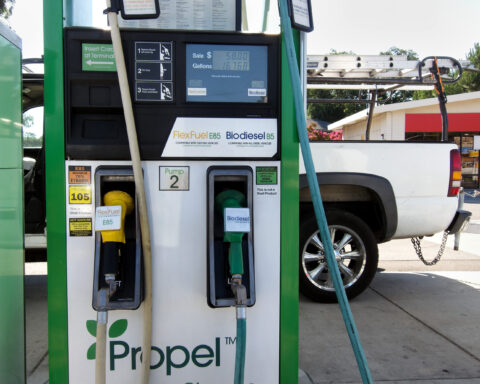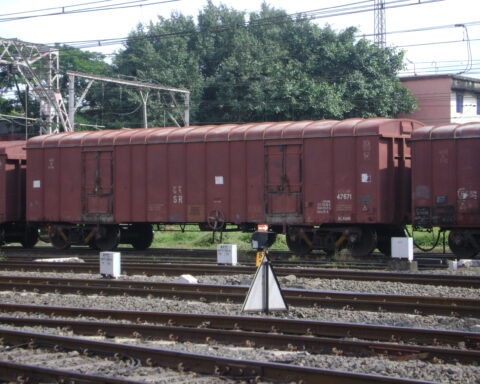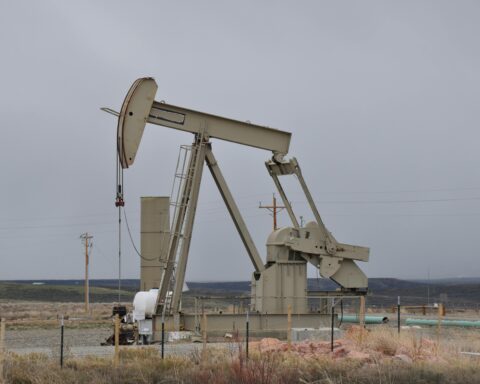The U.S. Department of the Interior has made $81 million available for water conservation and drought resilience efforts in California’s San Joaquin Valley, located south of the Sacramento-San Joaquin Delta.
The funds come from the Inflation Reduction Act, which includes $500 million specifically designated for conservation initiatives, ecosystem restoration and habitat preservation in areas outside the Colorado River Basin that are facing comparable levels of prolonged drought. The Bipartisan Infrastructure Law previously allocated $428 million to the San Joaquin Valley.
The Central Valley Project (CVP) has served the communities and economies of central California for several decades. Stretching over 400 miles, it is a multifaceted network encompassing dams, reservoirs, canals, hydroelectric power plants and other facilities. The CVP not only mitigates flood risks in the Central Valley but also provides domestic and industrial water supplies throughout the region. Annually, it sustains approximately 2.5 million people and delivers water to 250 contractors across 29 of California’s 58 counties.
“Water resources in the San Joaquin Valley support food production and agricultural output across California, deliver water to urban centers in the greater Sacramento and San Francisco Bay areas, and support fish and wildlife throughout the region,” said Laura Daniel-Davis, acting deputy secretary of Interior. “These resources … paired with historic collaboration amongst water agencies in the region, will help build resilient communities and protect our water supplies for people and the natural environment.”
The Bureau of Reclamation and the South-of-Delta contractors of the CVP, which include the San Luis & Delta-Mendota Water Authority, San Joaquin River Exchange Contractors Water Authority and Friant Water Authority, signed a Memorandum of Understanding on March 21. The memorandum outlines a framework for a long-term drought plan and introduces a 2024 Pilot Program, which incorporates a “drought pool” aimed at improving drought resilience in the region.
“This new drought plan will help provide critical water supplies to refuges and cities, save permanent crops from being fallowed in drought years, and keep water in the San Joaquin River in the worst of drought years,” said Sarah Krakoff, acting principal deputy assistant secretary for water and science at Interior.
Water deliveries from the CVP south of the Sacramento-San Joaquin Delta rely on Reclamation’s ability to pump water from the delta, store water in the San Luis Reservoir and transport it through CVP canals.
Changes in seasonal water availability and worsening drought conditions have affected operational flexibility and increased regulatory uncertainties. Under the new drought plan, South-of-Delta CVP contractors will allocate a portion of their water supplies from wet years for use during dry years, ensuring water supplies for wildlife refuges and urban areas, preventing permanent crops from being left fallow during droughts, and maintaining water flow in the San Joaquin River.
The river restoration program holds junior water rights and is susceptible to substantial reductions during the driest years. Establishing a drought pool to supply water in dry periods will help guarantee water availability for salmon while benefiting agriculture and communities.
Contractors and the Bureau of Reclamation have identified several crucial infrastructure projects, the majority of which are being financed by the $81 million investment. Funds will support the development of additional aquifer storage, recharge and recovery wells, bring existing surface storage facilities back online, and expand capacity to move water around the region.












